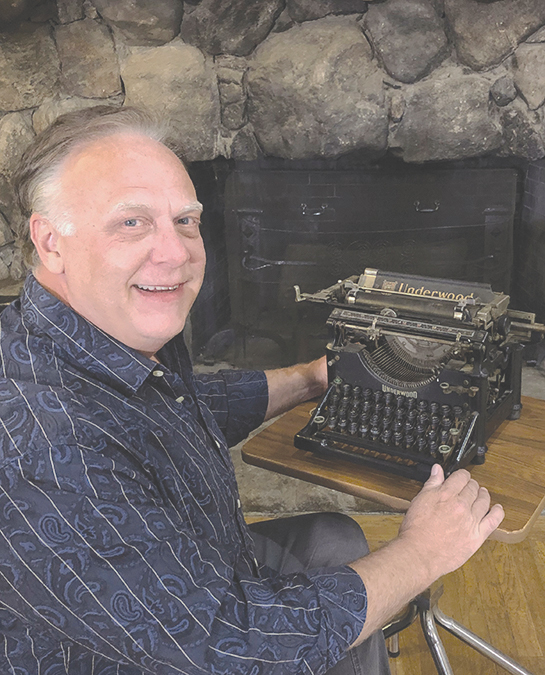The Hunt for Cornelius’ Cabin and All the Bear Facts
Looking through old photos I came across one of Cornelius Johnson’s cabin. There was no mention of its exact location. I scanned it closely, taking notice of the hills in the background, and there was a spark. Within moments the photograph was printed, I was driving and the hunt was on.
Cornelius was the son of Farmer and Matilda Johnson, homesteaders to this area back in the 1880s. Farmer had come to Big Tujunga Canyon as a woodcutter. Back then there were forests of old growth along the canyon’s northern slopes. They were cut down to feed the hunger for building materials and fuel down in burgeoning Los Angeles.
I had been out in an area of the canyon just weeks before and had spent hours exploring. When looking at the photograph of the cabin that day I thought I recognized the hills as those of that place. I was on my way back there.
As you turn right on Big Tujunga Canyon Road off of Mt. Gleason Avenue it’s just under a mile to the turnout where I parked. I ran up the embankment and held the picture high against the mountains, looking for a match. Left, right, left again, right again – no match. The image fell to my side and I began walking back to my car dejected. I really believed I had something. Shortly after departing I looked out my window, back at the hills, and noticed how the perspective was changing as I moved down the road. With that thought I was back out of my car holding the picture high once again. But this time, boom! There it was. The hills before me were an exact match to the photograph. I knew then that Cornelius’ cabin once would have stood right there in front of me. Being next to the river, this area was prone to major flooding in the past, so nothing now remains of the long ago cabin.
After denuding this valley of trees, Farmer Johnson recognized its value and decided to stay. He homesteaded some 200 acres here that encompassed what now includes a ranch, several baseball fields, an archery range, the location for Indigenous Peoples Day and a dilapidated old detention camp at the northern end. This entire hill encircled a valley down to the wash.
Cornelius had arrived here at the young age of 16 when his father sent for his family. When he came of age he built his own home on the property. This was the cabin in the photo. While living there in the fall of 1916 with his wife Alice and daughter Lucille he would have an encounter that would etch his name in history.
Concerned for his family, Cornelius set a bear trap behind this house after discovering paw prints there. He attached the foothold trap to a large log, hoping to alleviate his worries. The next morning he found the trap, and the log, were gone! An obvious trail of disturbed brush heading into the hills was all that was left behind. He grabbed his shotgun and was in pursuit. Some distance up the mountain he encountered the bear. Cornelius declared that the 300-pound bear, still ensnared in the trap, was so enraged and dangerous that he had to, “kill ’em quick.”
The story goes that this was the last silver-tipped grizzly bear in Southern California. There has been much written about this story and a great deal of conjecture put forward as to the veracity of that statement. What I can tell you for certain is that a quick check of maps online reveals a trail from the spot where the old cabin once stood, leading up into the hills. It’s name? “Kill’em Quick Trail.”

